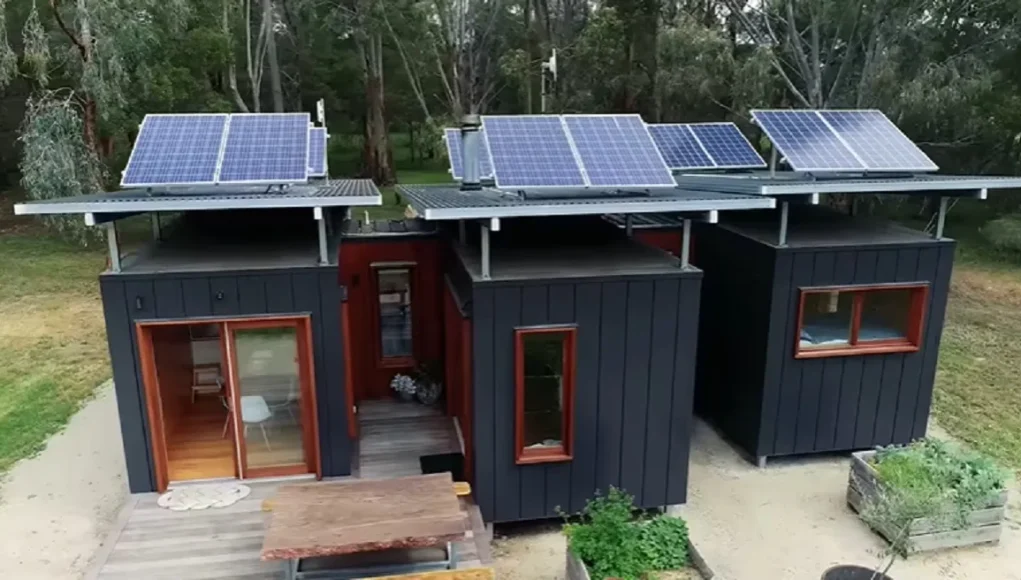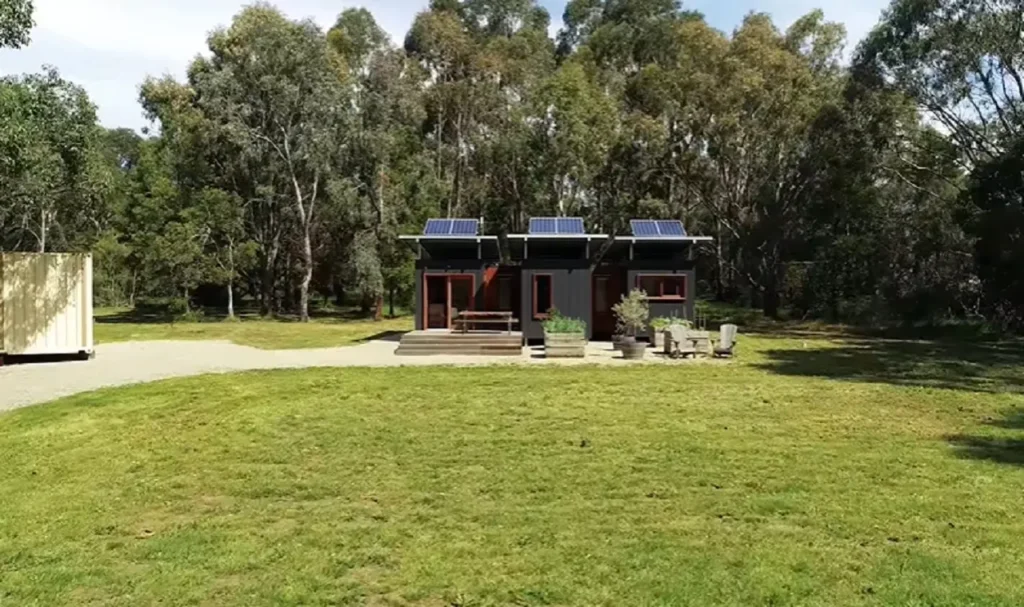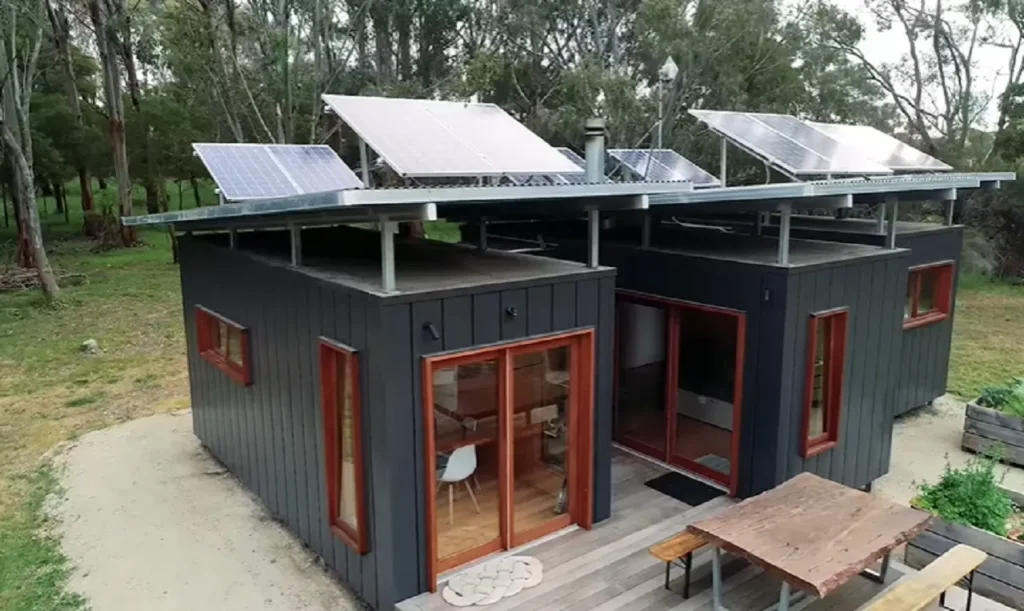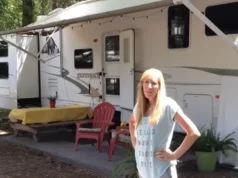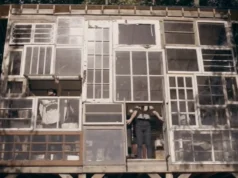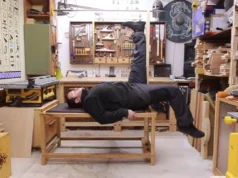The tiny house movement has been making waves for its minimalist approach and eco-friendly mindset, offering a new way of life for those seeking to live more sustainably and affordably. People are moving away from traditional housing, opting instead for smaller, more versatile spaces that embody creativity and efficiency. At the forefront of this movement are innovative thinkers like Amy and Bryce, a couple from Victoria, Australia, who transformed three 20-foot shipping containers into a compact yet fully functional home.
In this article, we’ll delve into their unique home project, exploring how they blended creativity, sustainability, and practicality to create an inspiring living space. In today’s world, where housing costs are skyrocketing, and the climate crisis looms, their home offers a glimpse into a future where eco-consciousness and innovative design can co-exist.
The Concept of Shipping Container Homes
The idea of using shipping containers for housing is not entirely new, but it’s gaining traction thanks to several key advantages. First and foremost is cost-effectiveness. Shipping containers are relatively cheap to acquire, and repurposing them into homes saves on construction costs. Plus, their durability makes them ideal for standing up to harsh climates, and their compact nature makes them perfect for minimalist living.
Shipping container homes are also sustainable. By reusing materials that would otherwise contribute to waste, owners like Amy and Bryce reduce their environmental impact. These containers offer a durable framework that, with the right modifications, can transform into aesthetically pleasing homes.
Amy and Bryce opted for a three-container design, with each container measuring 20 feet. This configuration allowed them to create distinct living, sleeping, and working areas without sacrificing comfort. The couple knew they needed to maximize every inch of their 49.2 square meters footprint, so they focused on space-saving solutions and innovative design techniques to keep the home open and functional.
Creative Design Features
One of the most visually striking aspects of Amy and Bryce’s home is the staggered arrangement of the containers. This isn’t just for show; the design optimizes passive solar heating, which helps regulate the home’s temperature throughout the year. The staggered layout also provides an interesting architectural touch that helps break away from the boxy look typically associated with container homes.
Inside the home, the couple opted for an open floor plan, allowing the space to feel more significant than it is. Multi-functional furniture, such as a thrifted dining table that seats six, makes the most of the compact living area. They used every opportunity to integrate innovative storage solutions throughout the house, which helps keep clutter to a minimum without sacrificing functionality.
Sustainable Living Practices
Sustainability is at the heart of this project, with Amy and Bryce choosing eco-friendly materials wherever possible. For example, they used zero VOC finishes, which improve indoor air quality and contribute to a healthier living environment. The home’s insulation, provided by a steel cladding system, keeps the temperature regulated without relying on constant heating or cooling.
To power their tiny house, the couple installed solar panels on a floating roof, generating much of the energy they need to run the home. This solar setup not only provides power but also offers shade to keep the house cool in the summer months. They also incorporated a rainwater harvesting system, storing water in tanks for household use.
Amy and Bryce’s home is more than just an architectural marvel; it represents a shift toward a more sustainable lifestyle. Living in a tiny house drastically reduces their environmental footprint and minimizes their reliance on non-renewable energy sources. Additionally, the financial freedom that comes with a debt-free, compact home allows them to travel frequently and live life on their own terms.
Amy and Bryce’s Tiny House
Amy and Bryce’s project is a shining example of how creative thinking and sustainable practices can combine to create a functional, beautiful, and eco-friendly home. Their three-container house stands as a beacon of inspiration for anyone interested in exploring the world of tiny living, proving that you don’t need to sacrifice comfort or style to live more simply.
If you’re considering joining the tiny house movement, let Amy and Bryce’s journey be your guide. Their story shows that with a little ingenuity, even the most industrial materials can be transformed into warm, welcoming homes. Looking ahead, projects like this will continue to shape the future of housing, pushing boundaries in design and redefining what it means to live sustainably.


